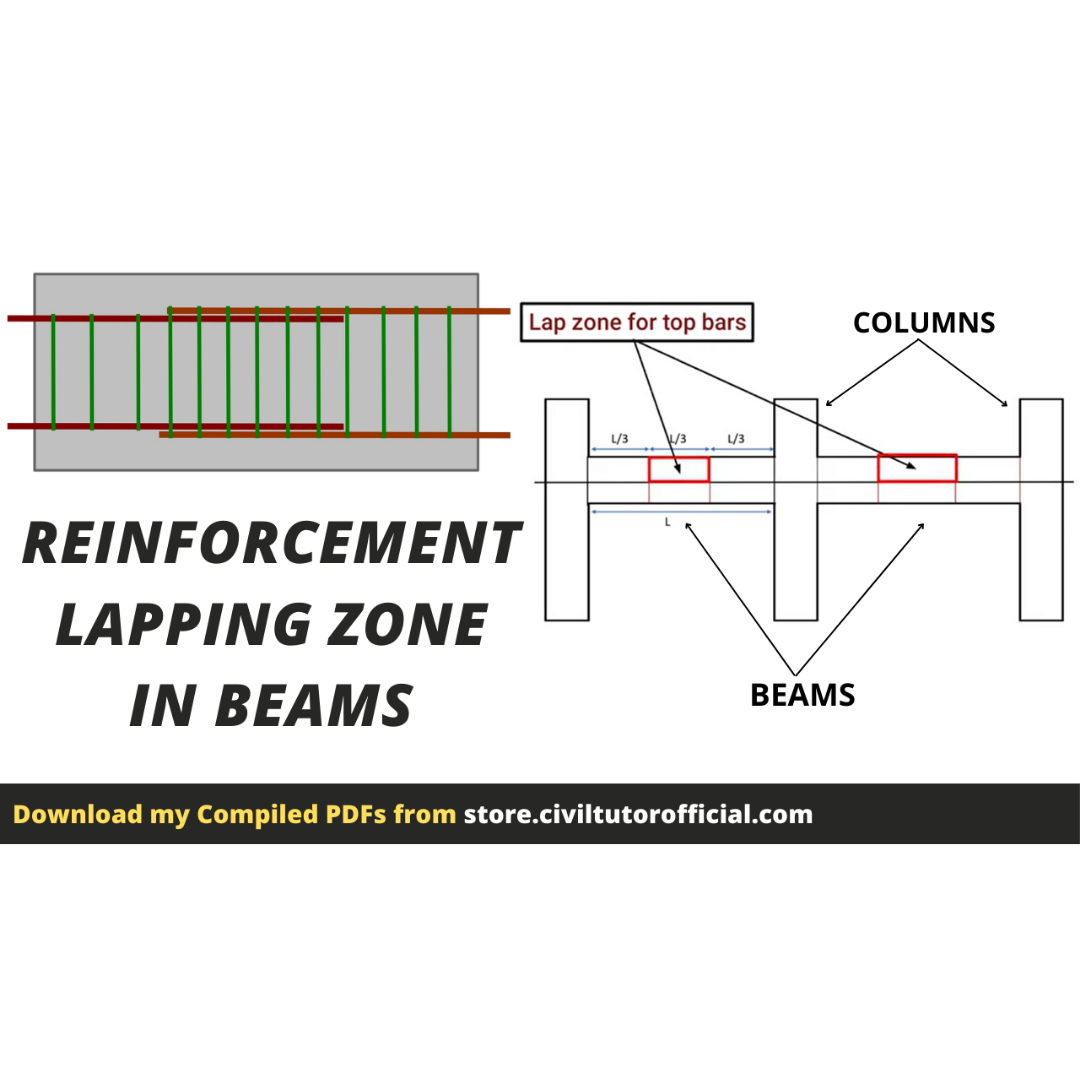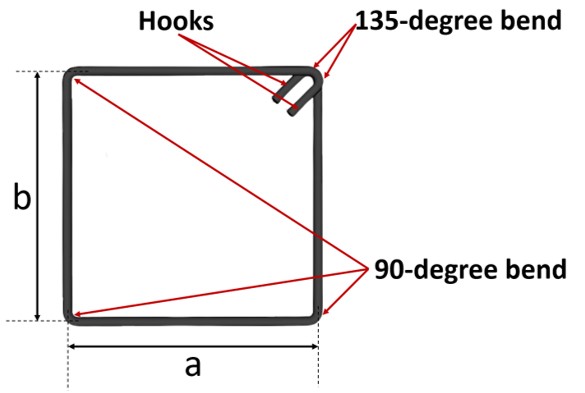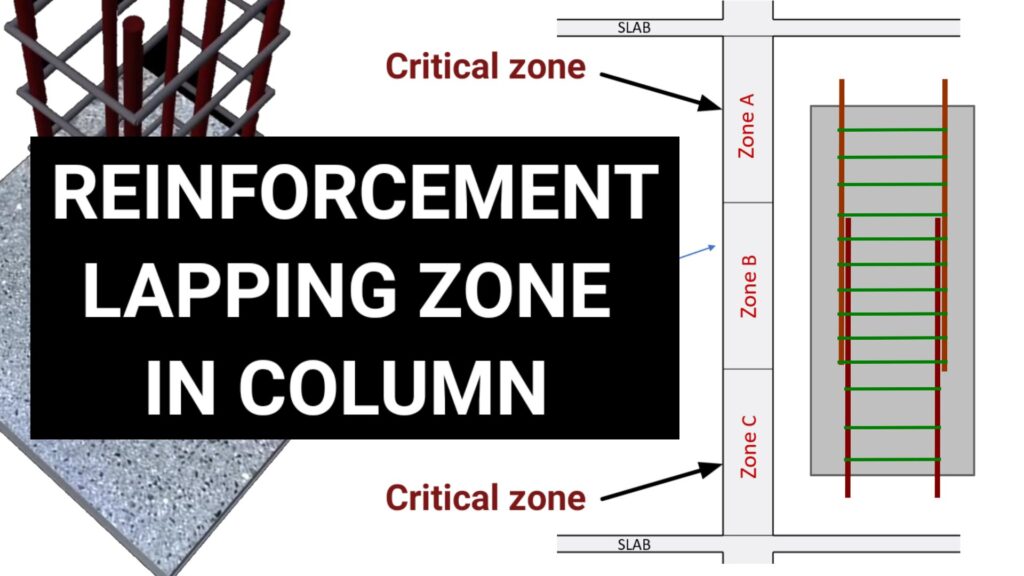
Lapping zone in Beams: As I have already told you in my previous article, If the span of a structural member needs to be increased beyond the standard length (12m) of the reinforcement bar, then we must increase the length of bars by adding extra steel bars. The most important thing, we can’t add the bars directly from end to end to avoid the risk of steel sliding out of concrete. That’s why we overlap the bars at certain points to allow a smooth transfer of loads from one bar to the next.In this article, I’m going to discuss what should be the position of the lap in the case of beams. i.e, lapping zone in beams.

Before deciding the lapping zone of beams, we need to identify the points where a member is subjected to a maximum bending moment, or simply, we need to identify the tension zones of a beam. For illustration, let’s consider a continuous beam that is subjected to a uniformly distributed load.

Reinforcement lapping zone in Beams
Due to this loading, the beam will tend to bend in a way that the maximum bending moments will be generated at the center of the spans. There will be positive moments at the center of the spans and negative moments at each support.

Due to the maximum bending moment, the top fiber of the beam at each end and the bottom fiber in the mid-span will experience maximum tension. Hence, they can be called tension zones of the beam and we can’t overlap the bars in tension zones because the reinforcement bars would come out of the concrete due to maximum stress.

For bottom bars, we can’t overlap the bars at the mid-span of the beam due to maximum tension in the bottom fiber of the beam. On the other hand, the top bars can be overlapped in the mid-span of the beam due to minimum tension in the top fiber of the mid-span. If we divide the span into three equal parts, the overlapping of top bars should be done in the intermediate zones and each bar should be overlapped at alternative levels within the lapping zones.
The bottom bars should be overlapped at column junctions up to a distance of L/4 from each end and each bar should be overlapped at alternative levels within the lapping zones.
Note: Not more than 50% of the bottom bars in a beam are overlapped in the same zone plus columns of any clear span.




